
Arahoe School
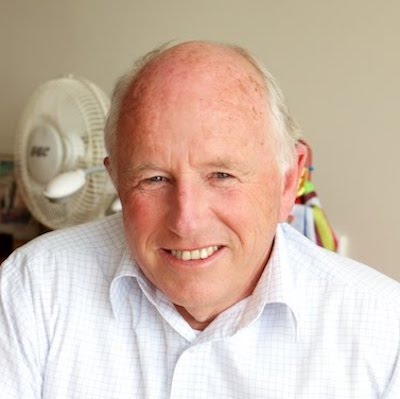
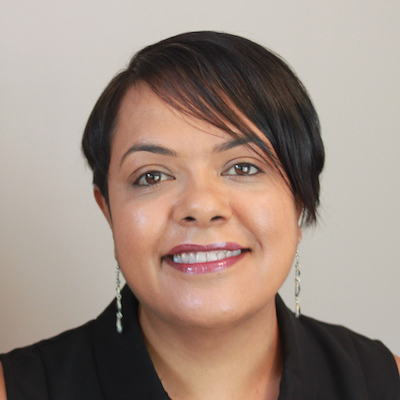


Richard Limbrick, Principal
Shenita Prasad, Randal Morris & Matt Moncur, Associate Principals
At Arahoe School ‘empowering our akonga to access their future’ is our core focus. Our tamariki are the heart of our school and are the centre of our attention. We strive for our tamariki to be effective communicators, thinkers and self managers and to have a strong sense of being contributors to our community. The focus of our actions is to ensure the the ambition of growing learners for life is a day to day reality for our students. We are proud of our tamariki and of the things that they achieve, academically, on the sports fields and socially. Our school culture is underpinned by our values of respect, excellence, integrity and resilience with our students interactions with each other and us, and ours with them, being guided by these values.
Our tamariki benefit from having access to advanced digital tools to enhance their learning and to ensure that they have access to their curriculum from anywhere at anytime. Our curriculum and school facilities have been designed to offer all of our akonga access to a high levels of resourcing and to reflect the opportunities that the future will hold for them.
Being part of the Kotuitui Community of Learning will ensure that the strong relationships that have existed between our schools in the past can be further developed for the benefit of all of our akonga and that our students will have an identifiable school’s pathway to follow throughout their time with us. It is a unique opportunity for all of us as a community of learners to share our expertise for the benefit of all of our tamariki.

Shenita Prasad, Associate Principal (Year 1 & 2)
Kia ora koutou, Malo and Namaste.
Ko Arahoe tōku kura
Ko Shenita Prasad tōku ingona.
I am the Associate Principal for the Junior School at Arahoe School and I am also part of the KoDaf team . I am currently part of a work-stream looking at establishing successful for students transitions into school. I am excited to be part of a dedicated and expert group of educators. I have especially learnt a lot from networking and working with our ECE teachers. I look forward to collaborating with Kōtuitui and assisting in realizing the vision that seeks to create stronger and better outcomes for our students in our Kahui Ako.

Randal Morris, Associate Principal (Year 5 & 6)
My aspirations for kotuitui will emerge from the outcomes of our self reviewed process around “Well-Being”. The benefits of such an exercise involving our whole school communities would be to:
1- Enhance the social and emotional climate of a school. 2- Explore the extent to which individual school practises are inclusive of all students and staff.
Our group believes that this review process should explore the different layers of school life contributing to the creation of a safe and caring climate or the reverse. This will also include whether priority status has been given to this area of school life in policy considerations and all daily interactions across school life.

Matt Moncur, Associate Principal (Year 3 & 4)
It is motivating to be part of the KODAF (Kōtuitui Deputies & Associate Principals Forum) and connect with the leadership strengths and expertise of the other members of our CoL. As a part of the 'Connecting the steps through Curriculum Levels' work-stream, I aspire to contribute to the development of a shared understanding of student progress across Kotuitui, rooted strongly in the curriculum, and recognized through a robust set of assessment practices and other informants. I envisage a rich dialogue for teaching and learning that is embraced and enacted by teachers, students and their whanau, and the wider community.
This is our Arahoe in-school Community of Learning team:
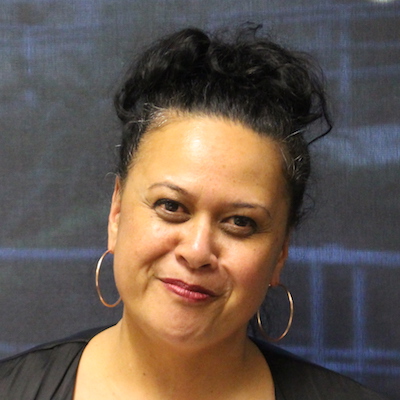
Pia Harre
Tēnā Koutou Kātoa, as a school who is now into its fourth year implementing Te Ara Whakamana, we continue to strengthen our pedagogical practices. We recognise the importance of embedding Te Ara Whakamana and aligning this to the outcomes of Ka Hikitia and how Tātaiako can guide us. We aim to build sustainable practice around culturally responsive practice by ensuring the work started by the Teacher Led Innovation Project team and the Awhina Ropu team is continued. Finally we look to develop our understanding of Tapasā, by working alongside the Pasifika Wayfinders team at Arahoe, and how their inquiries can build on culturally responsive strategies to help our Pasifika learners. Therefore, my inquiry this year looks at how we as a school find interconnected pathways to support our teachers in strengthening culturally responsive practice by working collaboratively, growing a deeper understanding of Tātaiako in action, and how we develop confidence and competence in both Tātaiako and Tapasā in action moving forward.
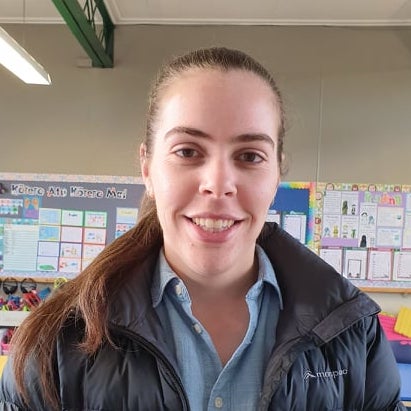
Megan Connolly
I teach Year 5 & 6 in our ILE, Te Ara Nui. My areas of passion are gifted and twice-exceptional learners and digital technologies.
My inquiry will explore what inclusive education can look like in an ILE setting. My goal is for all learners to be active and visible members of a learning community. I will rely on the inclusive education guides from TKI and incorporate elements of UDL (Universal Design for Learning). The aim is to develop inclusive practices that will enhance student wellbeing, mana and achievement.
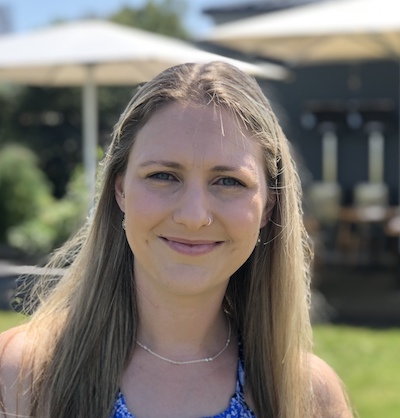
Trish O'Connell
Emotional wellbeing is key to developing strong, resilient and emotionally literate learners. My inquiry focuses on incorporating Te Ara Whakamana and inclusive classroom practices to promote emotional regulation. After completing the scanning process my inquiry is now focusing on using tools to help educators to align positive emotional regulation within the Mana Enhancement model. An example of this is using the ‘My Mana Reflection” tool during the Tangaroa phase of the ME model. I am seeking to enhance teachers perspectives of both their students as well as their own emotional regulation strategies.











